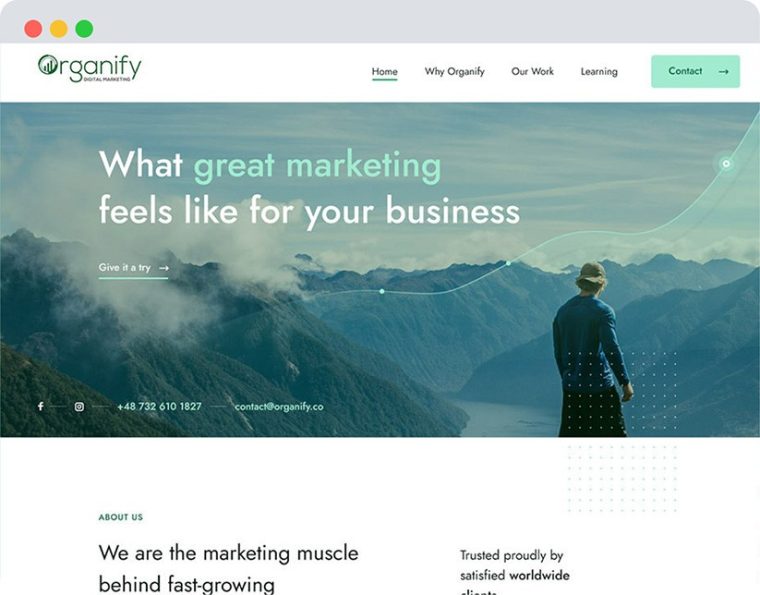What Are Deliverables?
Deliverables is a term in project management that refers to measurable (but not necessarily tangible) outputs that must be delivered (provided) at the completion of a project or task. They are used to mark the achievement of major milestones throughout a project and signify progress toward the project’s end goals.
Deliverables are often devised in the planning stage of a project by managers and other involved team members, along with the inputs required to complete them.
Explicit deliverables keep everyone within the project on the same page and working towards the same goals. Breaking up a project into deliverables is important to ensure that every aspect is fully completed.
Types of Deliverables
Deliverables are often split into two main categories:
Internal Deliverables are vital parts of the project that are completed behind the scenes and are never seen by the final customer. Examples may include plans, status reports, budgets, and design drafts.
External Deliverables: External deliverables are final outputs sent to clients, customers, stakeholders, or users. For a software development project, a feature of the final software application would be an external deliverable. In a user interface project, the design of the page of the finished website like the one below would be an external deliverable.

In project management, deliverables are categorized into different types based on their nature and the intended recipients. Two key distinctions are between tangible vs. intangible deliverables, and internal vs. external deliverables.
Tangible vs. Intangible Deliverables
Tangible Deliverables: These are physical and measurable outcomes of a project. Examples include a constructed building, a new software program, manufactured products, or written reports. Tangible deliverables are often easier to quantify and assess as their physical presence is evident.
Intangible Deliverables: These are outcomes that are not physical but are equally important. They include increased customer satisfaction, enhanced brand reputation, improved team skills, or a boost in market share. Intangible deliverables can be challenging to measure and require specific metrics or performance indicators for assessment.
Internal vs. External Deliverables
Internal Deliverables: These are outputs of a project that are intended for use within the organization itself. They might include an internal process improvement, employee training programs, or a new internal software tool. Internal deliverables are crucial for enhancing the efficiency and effectiveness of an organization’s operations.
External Deliverables: These refer to the outputs that are provided to external clients or stakeholders. Examples include a delivered product to a customer, a completed service, or a published research paper. External deliverables are often the primary focus of a project as they directly address the client’s requirements and impact customer satisfaction.
Understanding these distinctions is crucial for effective project management, as it influences the planning, execution, monitoring, and delivery of project outcomes.
Each type of deliverable requires a different approach in terms of management, measurement, and communication strategies.
Examples of Deliverables
To understand deliverables better, let’s look at some examples across different industries:
- Construction Project: For a home building project, internal deliverables may include architectural plans, construction schedules, permits, and inspection reports. A final external deliverable could be a completed room in the home.
- IT Project: If a company is implementing a new CRM system, internal deliverables could involve a document with the software’s requirements, system design, and user acceptance testing. An external deliverable could be an insights feature of the finished CRM system ready to be used by the end user.
- Marketing Campaign: For a social media marketing campaign, internal deliverables may consist of a strategy document, creative briefs, and regular status reports. External deliverables would include the final marketing efforts like ads, blogs
- Product Development Project: Prototype, final product, user manuals.
- Software Implementation: Beta version, final software product, training materials for users.
Requirements for Deliverables
Here are the key requirements for deliverables:
- Clarity: Clear definition and understanding of what the deliverable is and what it should achieve;
- Measurable Criteria: Specific criteria to measure the completion and success of the deliverable;
- Realistic and Achievable: Deliverables should be feasible within the project’s scope, budget, and timeline;
- Aligned with Objectives: Each deliverable should contribute towards achieving the project’s overall objectives;
- Documented: Proper documentation for tracking, evaluation, and reference.
Difference Between an Objective and a Deliverable
- Objective: A goal or aim that the project intends to achieve. It’s more abstract and can encompass broader aspirations of the project.
- Deliverable: A specific, tangible or intangible outcome produced during the project lifecycle. It’s a measurable entity that contributes to achieving the objective.
For example, in a website development project, an objective might be to increase online sales by 20%, while a deliverable could be the launch of the new e-commerce website.
How To Describe a Deliverable
Deliverables have certain elements that need to be included:
- Specific: Clearly define what the deliverable is, including its features and functions.
- Timeline: Specify when the deliverable will be completed and available.
- Standards and Criteria: Outline the quality standards and criteria that the deliverable must meet.
- Purpose and Relevance: Explain how the deliverable contributes to the project’s objectives.
- Ownership and Responsibility: Identify who is responsible for delivering it and who will be its owner after completion.
By understanding these elements, project managers and teams can effectively plan, execute, and deliver project outcomes that meet the desired objectives and satisfy stakeholder requirements.
